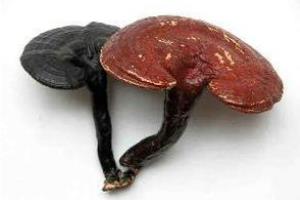Key points for attention in Orchid planting
Orchid is one of the four gentlemen, orchid is a kind of temperament and elegance on behalf of people, it is also a necessary choice of indoor plants, the next thing to share with you is the key points of orchid planting, interested friends come to have a look!
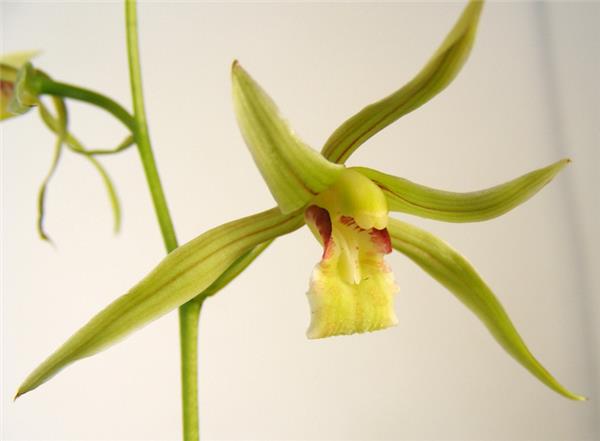
Key points for attention in Orchid planting
1. The root should be unfolded: the root of the orchid should be uniformly expanded in all directions and should not be squeezed into a ball, so that each root can contact the plant material, and the ventilation is good, otherwise it is easy to rot.
two。 Plant material slightly pressed: orchid plant material must be aerated and drained well, but plant material should also be slightly pressed, otherwise the base space is too large and the root growth is poor. The correct way is to compact from both sides, not from above.
3. New buds are placed in the center: orchids are not planted in the middle of the pot. New buds should be placed in the middle of the basin. For the time being, they seem to be crooked, but in the future the new buds will grow up and blossom in the middle of the pot.
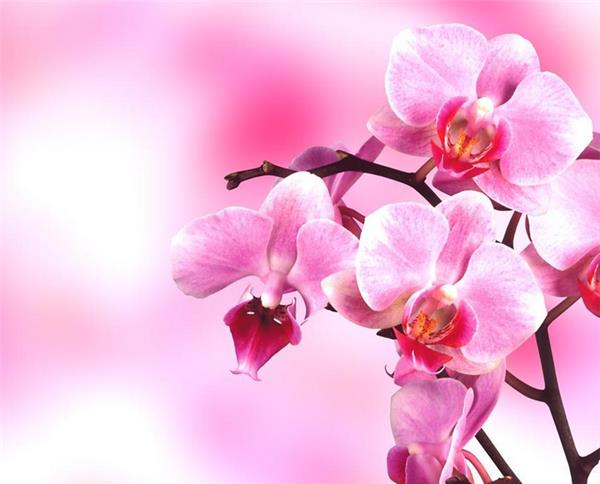
4. Do not water for several days: newly planted orchids, the roots may be injured, the wound coated with fungicides, 3 to 5 days without watering, can achieve efficacy, but also promote the growth of new buds and new roots. This is the difference between orchids and ordinary plants and flowers.
5. The body of the plant should be fixed: the orchid plant cannot be deeply planted, so it is often unstable, so it must be fixed with pillars, strings or hooks, so that it will not shake and hurt the base.
6. The pot is not too big: small plants grow in large pots, the amount of plant material is more, it is easy to lead to poor ventilation, watering humidity is not easy to uniform. If more watering and absorbing too much, the plant material is not easy to dry, bacteria are easy to invade, resulting in root rot.
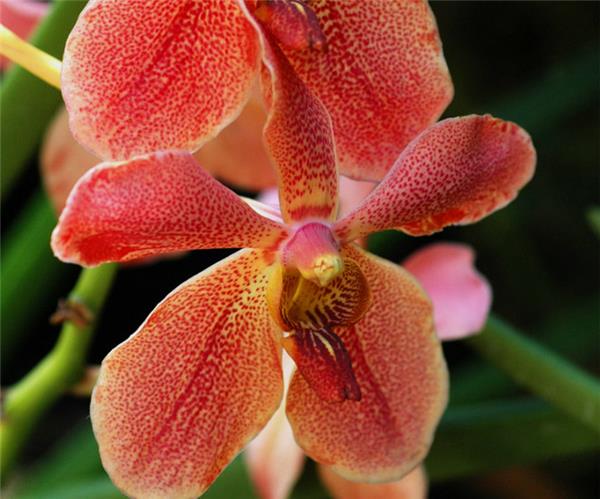
7. Avoid strong light: newly planted orchids must avoid direct sunlight to prevent excessive dehydration. They should be placed in warm and shady places to spray to increase the humidity in the air until the orchid plants return to normal growth.
8. Wound prevention first: when changing pots or ramets, there are wounds on stems, leaves and roots. It is safer to smear the wounds with fungicides to prevent bacteria from invading. It is safer to water them every 2 to 3 days after planting.
9. Old pots should be disinfected: new pots should be used for planting orchids, but it is a pity that a large number of cultivation pots can be used only once. You can disinfect old pots with disinfectants and use them again.
10. The orchid plant should be planted shallowly: the orchid plant should not be deeply planted, and the base of the orchid plant will rot if it is moist for a long time. When planting, fill the root with the plant material, and the base or pseudo-corm must be exposed and not buried in the plant material.
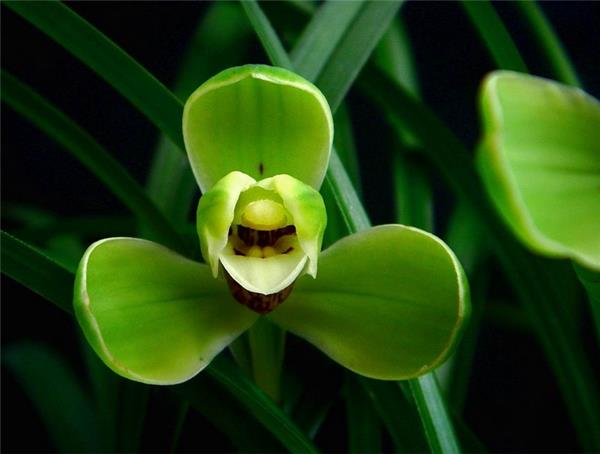
Matters needing attention in Orchid Culture
First, watering: do not water every day, or cause serious root rot, do not use tap water, which contains chlorine.
Second, temperature: many people generally put Phalaenopsis in the living room and other places to appreciate, although the daily temperature of these places is enough, but the night temperature is slightly low, and the humidity is not enough, should be very careful.
Third, fertilization: many people think that fertilizer will grow very fast, this is a very wrong approach, Phalaenopsis should be applied thin fertilizer, should be a small number of times, do not "supplement" too much, otherwise it will be counterproductive.
Fourth, planting basin: to use a large basin, a large basin can give Phalaenopsis a loose environment, sufficient materials, and water plants are not easy to dry, Phalaenopsis like ventilation, ventilation is very good.
Related
- Wuhan Hospital Iron Tree Blooming Result Was Instantly Frightened by the Gardener Master
- Which variety of camellia is the most fragrant and best? Which one do you like best?
- What is the small blue coat, the breeding methods and matters needing attention of the succulent plant
- Dormancy time and maintenance management of succulent plants during dormancy
- Minas succulent how to raise, Minas succulent plant pictures
- What are the varieties of winter succulent plants
- How to raise succulent plants in twelve rolls? let's take a look at some experience of breeding twelve rolls.
- Attention should be paid to water control for succulent plants during dormant period (winter and summer)
- Watering experience of twelve rolls of succulent plants
- Techniques for fertilizing succulent plants. An article will let you know how to fertilize succulent plants.


